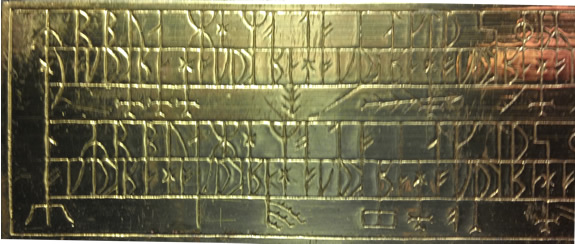Earlier this week I went to a Christmas show entitled Beasts and Beauties in Kendal. It wasn’t a traditional Christmas pantomime, though did include some pantomimesque elements, but rather a series of eight fairy/folk tales from around Europe, including:
– The Emperor’s New Clothes or Kejserens nye Klæder by Hans Christian Andersen (Danish)
– Bluebeard or La Barbe bleue by Charles Perrault (French)
– The Juniper Tree or Von dem Machandelboom a story collected by the Brothers Grimm in Low German
– The Girl and the North Wind (Norwegian). This one was originally The Lad who went to the North Wind or Gutten som gikk til nordavinden
It was all in English in various accents with occasional words in the other languages, and was well put together and acted.
It’s interesting to see the original texts of these tales and to discover the ways they start, which tend to be formulaic – the equivalents of the English ‘Once upon a time’. For example stories might start with ‘For mange Aar siden …’ in Danish, ‘Il était une fois …’ in French, ‘Dat is nu all lang heer …‘ in Low German, ‘Det var engang …‘ in Norwegian,
Such stories are usually referred to as fairy tales/stories or folk tales/stories. The word tale comes from the Old English talu (story, tale), from the Old Germanic *talō, from the Proto-Indo-European root *del- (to recount, count), which is also the root of talk, tell, tall and teller, which arrived via Old Norse, as well as the Dutch word taal (speech), the German word zahl (number) and the Danish tale (speech) [source].


